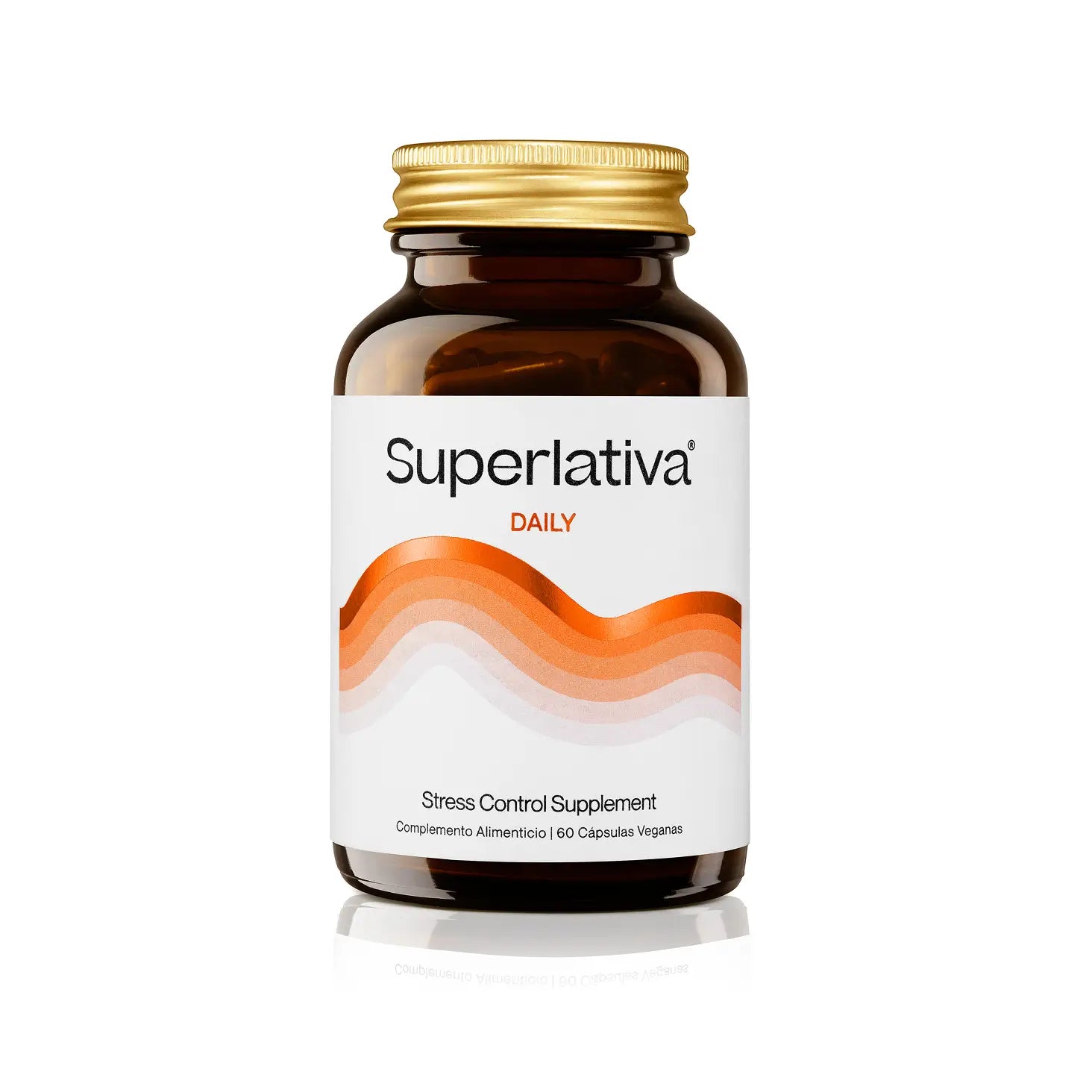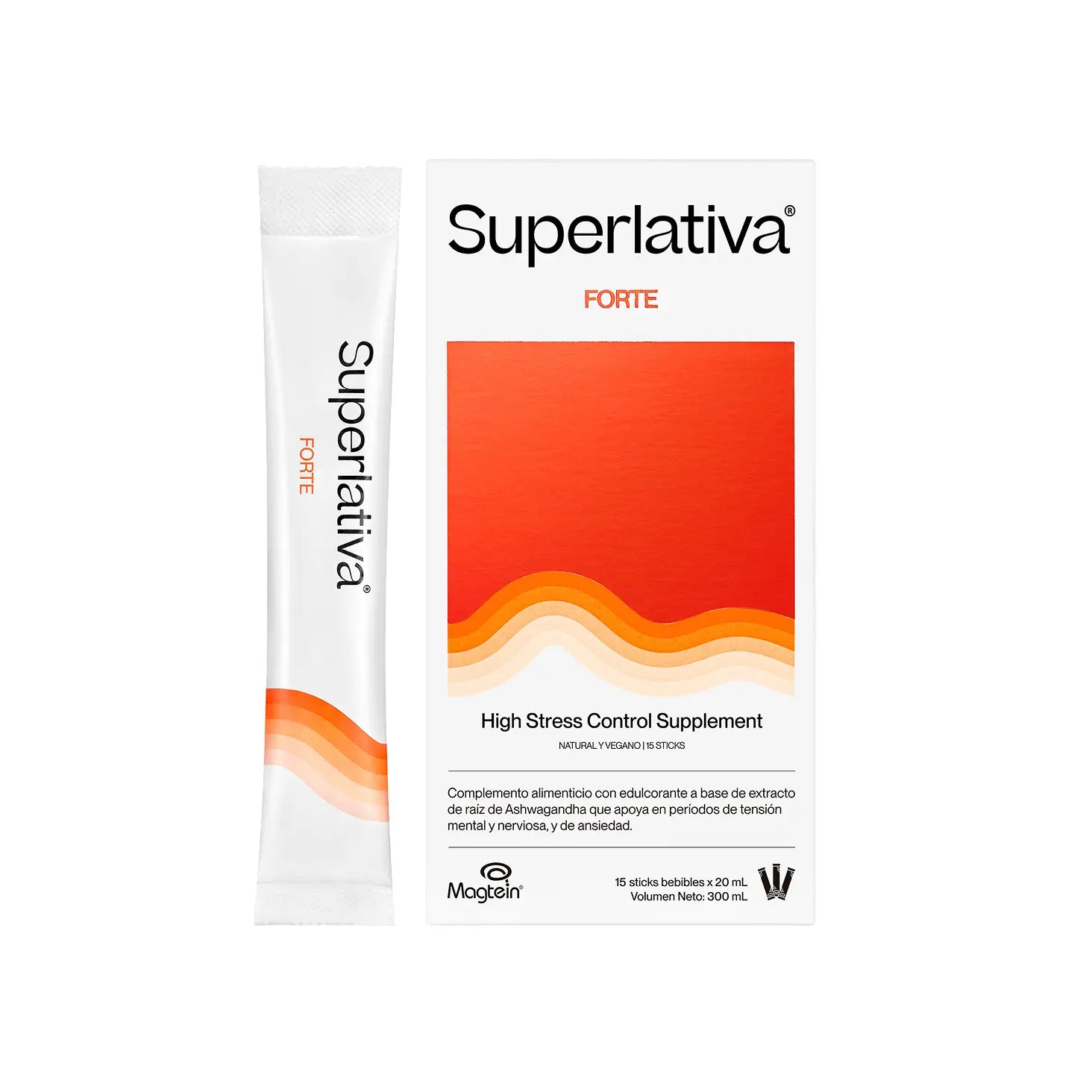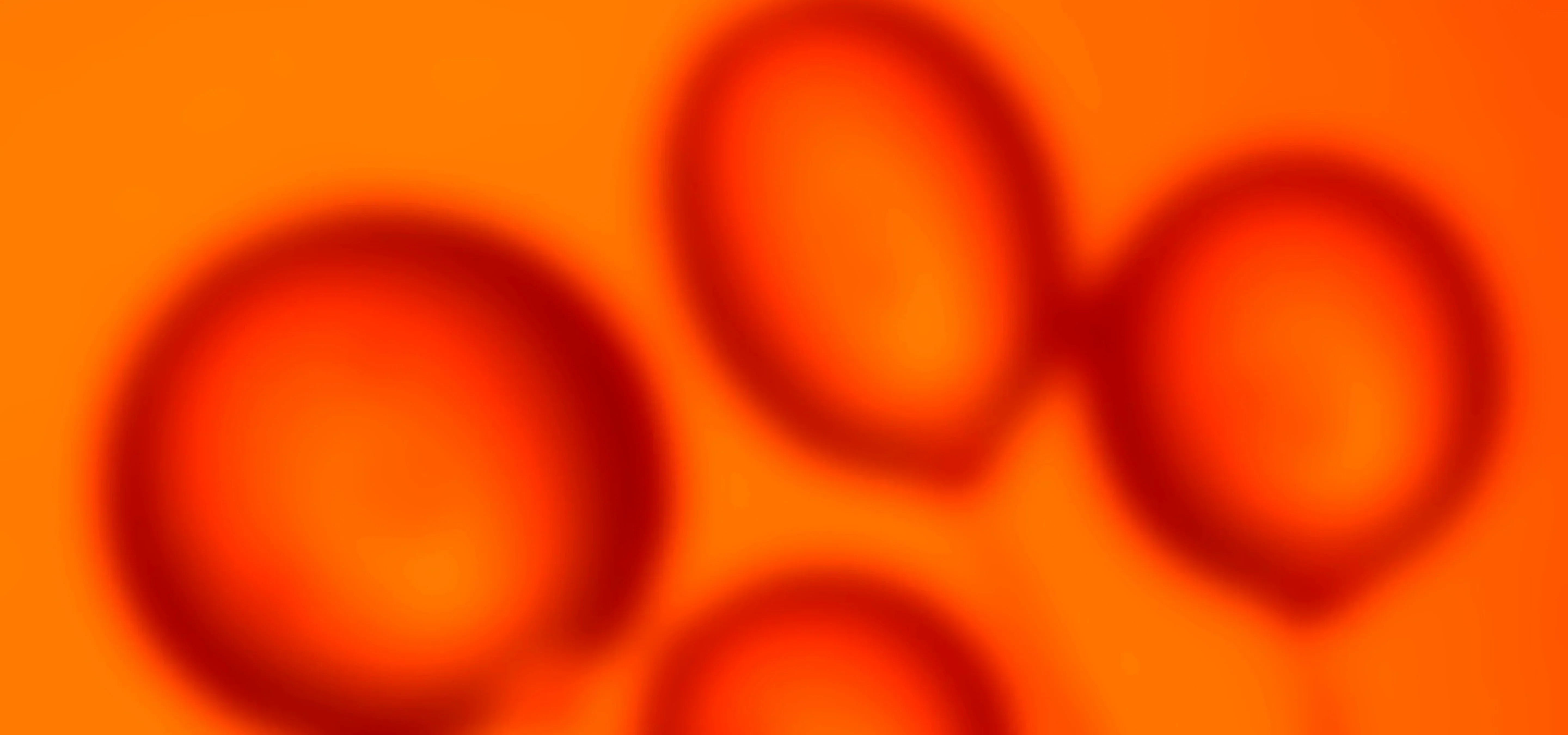By Laura Llacuna, Ph.D., Medical Advisor at Superlativa
We have a very important endogenous tool in our bodies that can heal, if we know how to stimulate it.
The parasympathetic nervous system is responsible for recovery: it cares for tissues, regulates digestion, facilitates breathing, promotes nutrient absorption, and encourages rest. Its main communication channel is the vagus nerve, which transmits calming signals from the brain to the body and collects information about the state of the organs to send back to the brain.
How do they help relieve stress?
Some techniques for rapid relief rely on stimulating the vagus nerve, which in turn activates the parasympathetic system. It has been proven that people with a heightened vagal response recover more easily from stress.
Heart rate variability (HRV) is a useful tool for measuring how our vagus nerve is functioning. Greater heartbeat variability indicates better vagal tone and a more balanced nervous system.
That's why it's important to take time throughout the day to stimulate the vagus nerve, as this triggers a calming and restful response and helps the brain recognize that we're in a safe environment.
Quick techniques to stimulate the vagus nerve and modulate stress
Sun exposure: The best time is 30 minutes after sunrise. Try to do this a couple more times during the day and half an hour before sunset.
Contact with nature: Walking barefoot on earth or grass (earthing or grounding) improves the overall vagal tone.
Laughter: alone or in company, laughter activates the vagus nerve.
Singing: By stimulating the vocal cords, the vagus nerve is activated.
Listening to music and dancing: promotes relaxation and mental disconnection.
Breathing, the ultimate technique
Practicing conscious breathing for at least 5 minutes a day, along with meditation, improves mood, reduces physiological arousal, and decreases anxiety.
Physiological sighing: This is a breathing technique consisting of two rapid inhalations followed by a prolonged exhalation. It's a natural response of the body that can be used consciously to calm the nervous system and reduce stress.
How is it done?
Inhale deeply through your nose, filling your lungs completely.
Second short inhalation, also through the nose, just before exhaling.
Exhale slowly through your mouth, making a sound similar to a sigh.
Box breathing: Also known as square breathing, is a simple method for reducing stress, improving concentration, and promoting relaxation.
How is it done?
Inhale through your nose for 4 or 5 seconds
Hold your breath for the same amount of time
Exhale through your mouth slowly and in a controlled manner.
Keep your lungs empty for another 4 or 5 seconds.
Repeat the process several times.
Small gestures, great effects
Incorporating these simple techniques into your daily routine will help activate the parasympathetic system, helping you reconnect with your body and calm your mind. By stimulating the vagus nerve, the brain receives physiological signals that promote self-regulation, restore internal balance, and improve your ability to adapt to stress.






